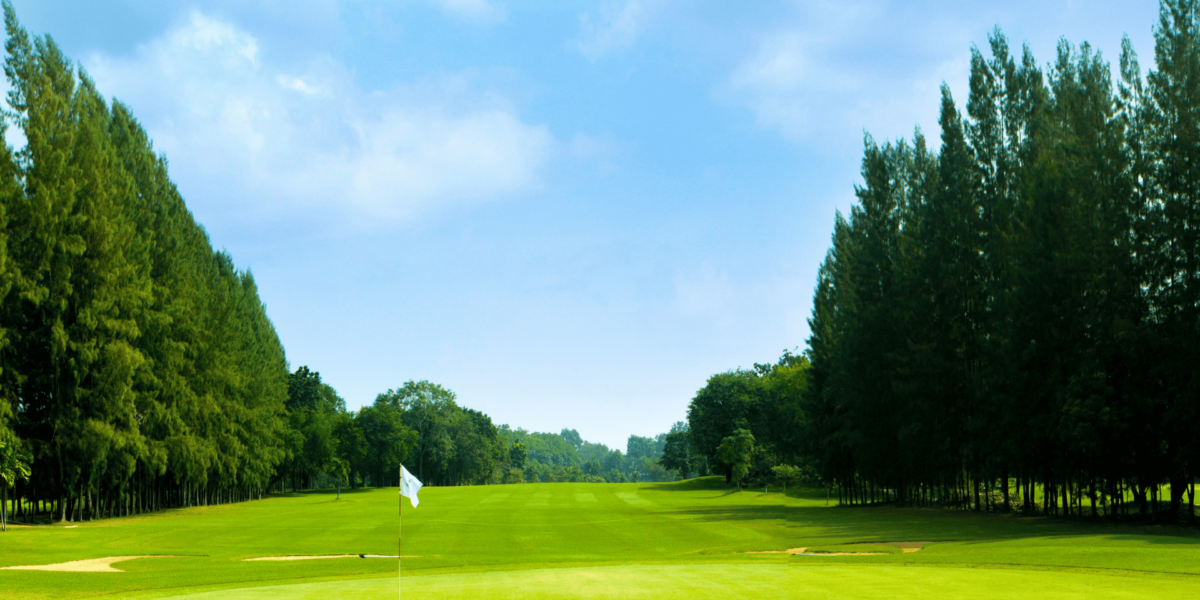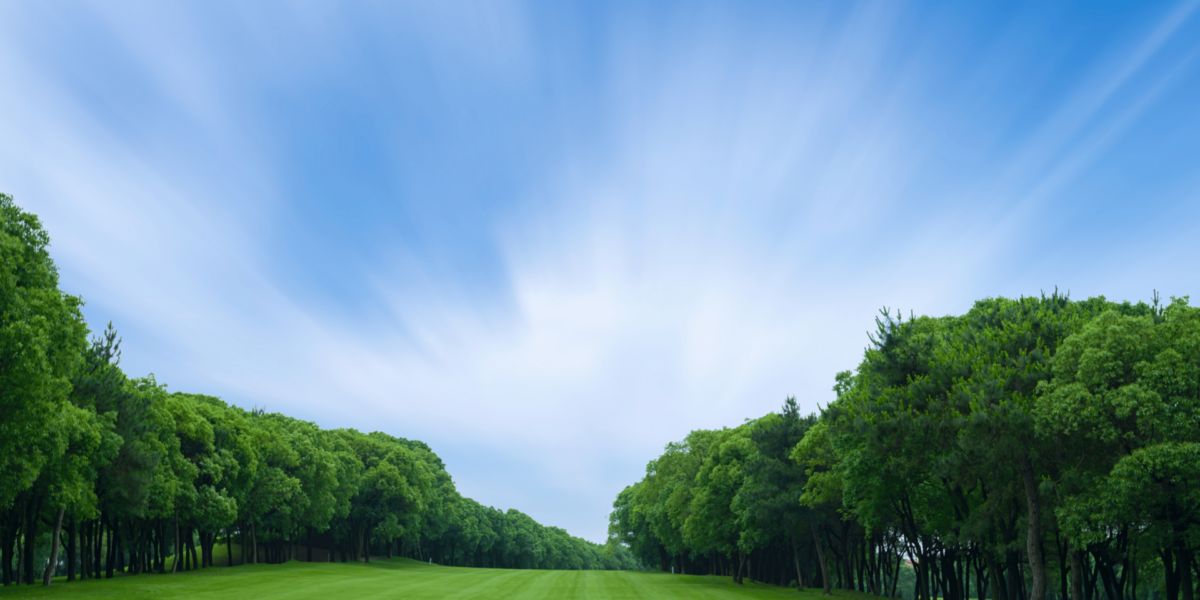Beyond the spotlight of Ireland’s championship links lies a quieter, deeper rhythm. It’s not found in tournament rosters or glossy brochures. It lives in the country’s lesser-known courses—places shaped by local hands and personal ambition. These are the quiet greens where bold dreams take root, and where the true soul of Irish golf thrives.
Small Courses Carry Big Meaning
Ireland is filled with community-run golf clubs, often maintained by locals who know every ridge and hollow. These courses don’t need grand entrances or televised events. Their value shows in how they serve as daily meeting places and proving grounds for new talent.
A golfer steps onto the tee at a modest nine-hole course on a windy evening. The fairway bends sharply, bordered by stone walls and tall grass. There’s no gallery, no camera crew—only focus, precision, and pride in making the right shot. For that player, the round holds just as much weight as any big-stage tournament.
Ambition Grows on Grassroots Fairways
Future stars don’t all start on world-famous courses. Many of Ireland’s competitive golfers learn the game on small, family-friendly layouts. These environments allow for learning, repetition, and experimentation—without pressure or pretense.
At a rural course in Munster, a teenager arrives early each morning before school. They chip balls alone, adjusting their stance, watching the way turf responds to each swing. Over time, their game sharpens—not from professional coaching, but from persistence. These greens build not only skill but character.
The Role of Community in Irish Golf
In quiet towns across Ireland, golf clubs serve as centers for connection. Members know each other by name. Volunteers cut grass, repair bunkers, and organize local tournaments. The energy doesn’t come from sponsorships—it comes from shared commitment.
On a weekend morning, an older member welcomes a first-time visitor with a walk of the first few holes. He explains how the land used to be farmland, how storms once reshaped a green, how the course grew year by year. These stories aren’t part of a script. They’re part of what makes the game feel grounded.
Quiet Greens Demand Sharp Focus
Without distractions, players must rely on fundamentals. There’s no technology offering slope readings or wind calculations. The quiet demands attention. Each decision must be made based on the player’s own read of the land.
A mid-handicap golfer stands over a downhill putt. The green appears slow, but a breeze shifts overhead and clouds begin to roll in. Adjusting the line just slightly, the player steadies their hands and strokes the ball cleanly. The setting might be simple, but the mental game is just as complex as it would be anywhere else.
Nature Defines the Game’s Tempo
Irish weather plays a major role in the experience of local courses. Wind, rain, and low clouds change the mood and rhythm of play. These conditions train golfers to adapt quickly, make fast decisions, and stay mentally flexible.
During a spring match, rain begins halfway through the round. Players wipe grips dry and assess how wet turf will affect rollout. The pace slows. Focus tightens. Without shelter or shortcuts, every player must work with what the land gives them. This dynamic nature sharpens skills that travel well to larger competitions.
Hidden Courses Foster Resilience
Smaller Irish clubs often operate with limited resources. They may have fewer staff, basic facilities, or uneven terrain. Yet these challenges build tough, capable golfers who learn to play under varied and unpredictable conditions.
One hole might have a sloped fairway that kicks balls left, while the next has a tiny green protected by native shrubs. These features force players to think through every shot, building discipline and problem-solving with each round.
Dreams Form Beyond the Leaderboard
Aspiring pros and weekend players alike find value in these quieter courses. Not everyone wants the spotlight. For many, golf offers peace, self-discipline, and personal growth. These hidden greens support dreams beyond trophies—dreams of mastery, of improvement, of playing the game the right way.
A retired schoolteacher returns to their local club after a long absence. They swing slower now but with more purpose. Each round marks a new goal: hitting straighter, putting smoother, playing without frustration. Here, the dream isn’t fame—it’s fulfillment.
Clubs That Build Legacy, Not Just Membership
Generations of families often pass through the same Irish clubs. Grandparents teach grandchildren, not only how to grip a club, but how to treat the course, respect the game, and play with integrity. These lessons stick long after the round ends.
Inside a humble clubhouse, old photographs hang beside scorecards and hand-drawn course maps. A quiet sense of continuity lives in every item. It’s not a museum—it’s an active record of people who shaped the course and continue to keep it alive.
The Future of Irish Golf Rests in Its Roots
As global golf moves toward technology and commercialization, Ireland’s local clubs keep the tradition alive. They serve as training grounds for new players and as sanctuaries for those who want to return to the basics. Growth doesn’t always mean expansion. Sometimes, it means looking closer at what’s already working.
Clubs that stay true to their identity can still welcome innovation. A practice bunker gets rebuilt. A putting green expands. But the course itself remains honest—shaped by wind, time, and people who care more about shot-making than scorecards.
Where Quiet Greens Hold Bold Dreams
The quiet greens of Ireland aren’t forgotten—they’re foundational. They carry the weight of personal stories, hometown pride, and the quiet determination of players who seek more than just numbers on a card. These courses may not make headlines, but they hold something far more valuable.
They pulse with ambition. They echo with tradition. And they remind golfers that sometimes, the boldest dreams begin where the game feels most personal—along the quiet greens that shape Ireland’s golfing heart.









